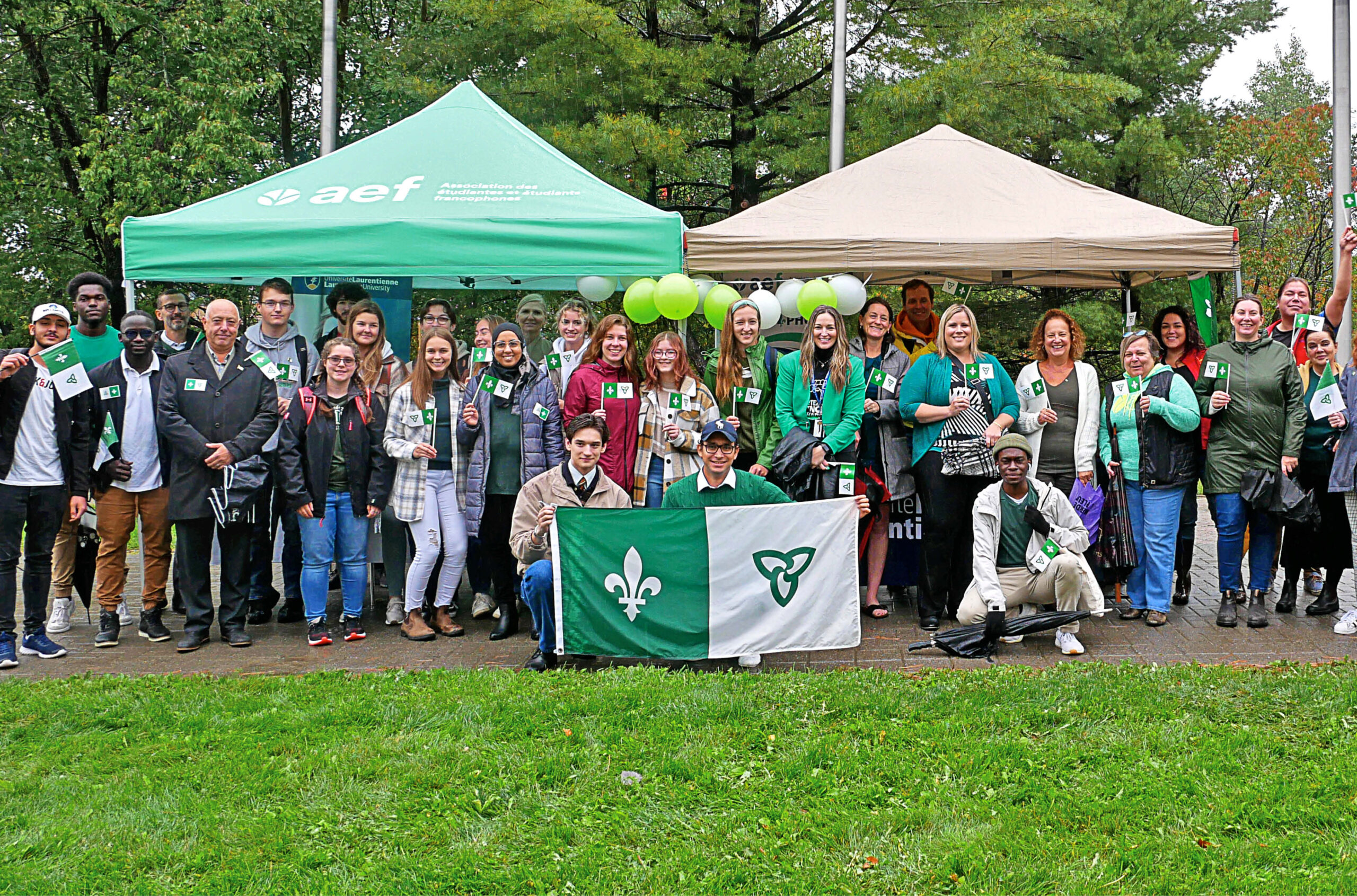Finding a piece of Canadian art history
An audio tour celebrates the 50th anniversary of a sprawling – now largely forgotten – art installation created by late Canadian artist Michael Snow for the opening of Brock’s iconic Mackenzie Chown Complex.

Getting lost in Mackenzie Chown Complex is a rite of passage for students at Brock University. Architect Raymond Moriyama designed the 200,000 square-foot structure in the 1970s as a series of 10 diamond-shaped “blocks” connected by pedestrian bridges that enclose courtyards and a pond. While several academic and operations units are housed in the complex, a new audio tour reveals that it was also home to a significant – now largely forgotten – art installation by late Canadian artist Michael Snow.
Released this past spring as an episode of Foreword, a podcast produced by Brock’s faculty of humanities, the tour takes listeners through the history of a large-scale installation called Timed Images that Mr. Snow – a multimedia artist who notably exhibited his work at Expo ’67 in Montreal, the Venice Biennale in 1970 and the Centre Pompidou in Paris in 2002 – created for the Chown complex as it was being constructed between 1972 and 1973.

Over 35 minutes, podcast host Alison Innes, a strategic initiatives and outreach officer with the faculty, and guest Lesley Bell, the former learning commons coordinator at Brock’s Marilyn I. Walker School of Fine and Performing Arts, walk listeners through the history and details of the piece, including which elements can still be found in Chown’s zigzagging halls, and which have been lost to time.
Timed Images was a site-specific, interactive photo and video installation that featured new technologies for the time. Its heart was a section featuring a portable video camera that broadcast live images of passersby to a monitor down the hall through a closed-circuit system. Ms. Bell hypothesized that this section and others were taken down starting in the 1980s as technology advanced and the campus expanded.
However, some pieces of the installation remain: for example, “Frame 5,” a photographic negative self-portrait of the artist in 1972 as he stands in the installation, can be found in its original home on the wall in Chown’s B-Block at the 300-level; and a 16 foot-by-12 foot mural comprising 1,600 black and white photographs of the Chown complex taken by Mr. Snow as construction wrapped on the building, was relocated some years ago to a main stairwell in Block-A, where it remains to date.
The point of the tour, said Ms. Innes, is to call attention to works that students and staff pass every day without notice. For Ms. Bell, who had been a student at Brock in the 1980s, the “Snow tour” is also a history of the university: “Space is a commodity,” she noted. “In an institution like this … space takes on a different value over time,” she said.
Featured Jobs
- Psychology - Assistant Professor (Speech-Language Pathology)University of Victoria
- Veterinary Medicine - Faculty Position (Large Animal Internal Medicine) University of Saskatchewan
- Canada Excellence Research Chair in Computational Social Science, AI, and Democracy (Associate or Full Professor)McGill University
- Education - (2) Assistant or Associate Professors, Teaching Scholars (Educational Leadership)Western University
- Business – Lecturer or Assistant Professor, 2-year term (Strategic Management) McMaster University
















Post a comment
University Affairs moderates all comments according to the following guidelines. If approved, comments generally appear within one business day. We may republish particularly insightful remarks in our print edition or elsewhere.